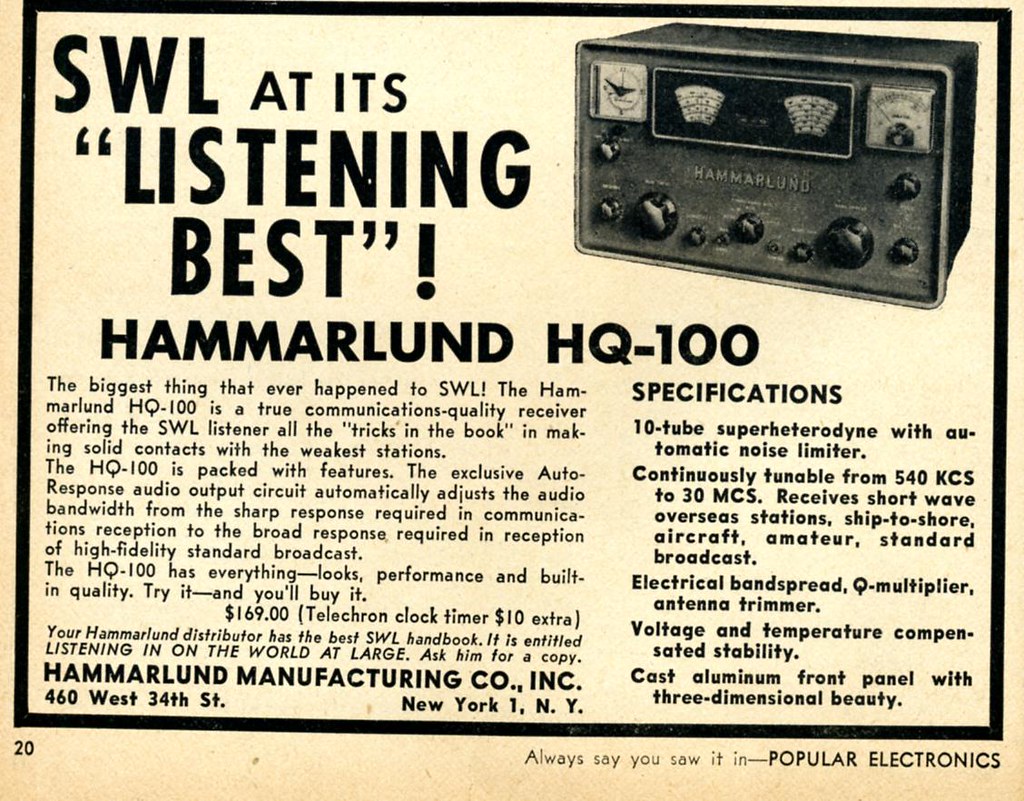Hi Bill,
I've been following your podcast since you started and enjoy every episode. I've been licensed here in Scotland since 1970 as GM8EUG.
I thought you/others might be interested in how I got into radio/electronics and how I feel I may have the 'Knack'.
The above reference reminded me of some experiments I carried out in 1967 as a schoolboy. There were no ready sources of parts locally for me.. I lived in a rural area so the nearest electronics parts shop was 50 miles away so it was all done by letter and mail order.
My first audio link was driven by a tube broadcast receiver with a 3 volt torch bulb connected instead of the loudspeaker. (I hadn't heard of impedance matching!) This flickered nicely on speech/music peaks. The bulb was positioned at the focal point of a parabolic car headlamp reflector from a scrap car. I now had a beam of light with audio on it.
Next step was the receive side...I didnt have access to a photo cell but had a Cadmium Sulphide photo resistor. Connecting a pair of low impedance headphone in series with this cell and a 1.5 volt battery gave me recognisable audio when the cell was in the beam...no amplifier needed!
Next step was greater range...this was achieved with a 6 inch shaving mirror to focus the beam onto the photo resistor. This gave me the length of the street (100 yards when it was dark outside )with the flickering beam shone out of my schoolboy bedroom window resulting in puzzled looks from passers by.
Next problem was the frequency response.. all bass and no treble. Some research indicated that the photo resistor had a slow response so that was part of the problem but I had a hunch... How fast does a filament bulb react to audio? Biasing the bulb with a 1.5 volt cell so that it glowed dimly with no audio improved the audio response greatly.
So what got me into radio...my father was a Chief Radio Officer in the Merchant Navy during WWII and my schoolboy bedtime reading (the only technical stuff I could find ) was his textbook ...the 1939 edition of the Admiralty Handbook of Wireless Telegraphy. Capacitors were called condensers and they were measured in 'jars'!
That was the start of a career. I've now moved through testing international telephone exchanges, installing 2 way radio for the whole of Scotland for British Rail (paid for my hobby!) and finally 32 years in IBM writing manufacturing test software from the original IBM PC to Thinkpads.
Now retired I am active on WSPR and am writing Android apps to keep my brain in gear.
I just can't leave this stuff alone!
Hope this of interest/amusement.
73s
Neil Roberson GM8EUG








































